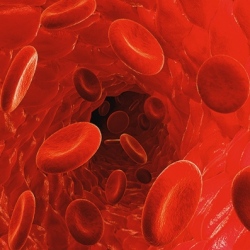
Blood plasma from young people has been found to rejuvenate mice, improving their memory, cognition, and activity. The method has potential to be developed into treatments for people, says Alkahest, the company behind the work. The key appears to be in the blood plasma, the liquid part of blood.
Several studies have found that injecting plasma from young mice into old mice can help rejuvenate the brain and other organs, including the liver, heart, and muscle. Could blood plasma from young people have the same benefits? To find out, Minami and her colleagues took blood samples from 18-year-olds, and injected them into 12-month-old mice. At this age, the equivalent of around age 50 for people, the mice start to show signs of ageing – they move more slowly, and perform badly on memory tests.
The mice were given twice-weekly injections of the human plasma. After three weeks of injections, they were submitted to a range of tests. The treated mice’s performance was compared to young, 3-month-old mice, as well as old mice who had not received injections.
They found that human plasma does have the power to rejuvenate. Treated mice ran around an open space like young mice. Their memories also seemed to improve, and they were much better at remembering their way around a maze than untreated mice.
A major hallmark of aging is that regenerative properties significantly decline in most tissues. In 2005, Dr. Thomas Rando’s laboratory at Stanford University used heterochronic parabiosis, the connection of the circulatory systems of a young and an old animal, to demonstrate that factors derived from a young animal are able to activate molecular signaling pathways of an old animal, leading to increased tissue regeneration.
These findings demonstrated for the first time that the age-associated impairment of cell function is induced to a significant extent by the molecular composition of the surrounding milieu rather than by cell specific changes alone.
